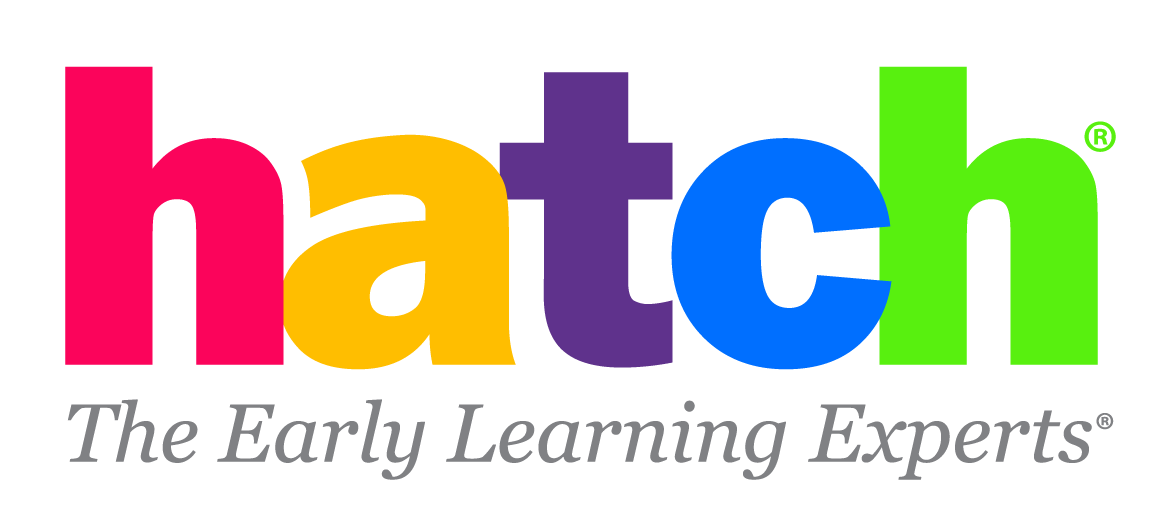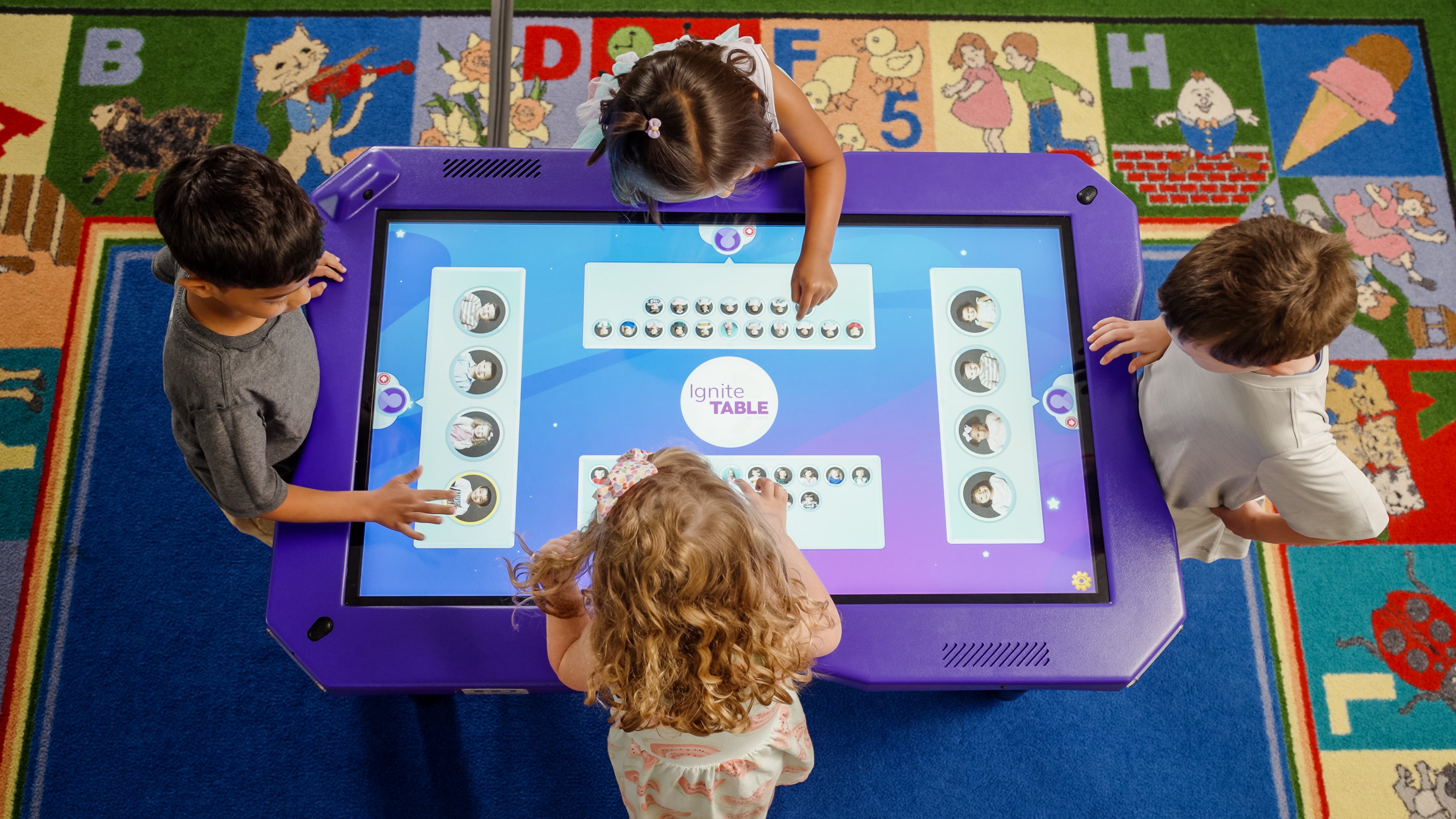A classroom perspective on leveraging technology to effectively support social development goals and develop life skills for students with special needs.
Developing social skills is just as important as academic growth for students with special needs. Skills such as turn-taking, teamwork, and effective communication are essential for navigating everyday interactions. However, teaching these skills can be particularly challenging for students with communication, sensory processing, or social engagement needs.
At the Walden Learning Center, part of the Putnam Northern Westchester Board of Cooperative Educational Services (BOCES) Special Education Department, located in New York, educators piloted a program tailored to meet the unique social skill needs of these learners.
Our approach involved using Hatch Early Learning's multi-touch table, which features embedded game-based learning activities. Using structured, collaborative activities, educators at the Walden Learning Center worked with students to develop essential life skills, such as communicating with peers, learning to share and work together, taking turns, and including everyone in play-based activities.
In one activity, students assembled a rocket ship, taking turns adding pieces in the correct sequence. Only one child could interact with the rocket at a time, requiring the group to share control and communicate to complete the task. Even the most reserved students—those who usually had difficulties interacting with peers in unstructured environments—engaged in the activity.
The visual, intuitive interface of Hatch's table provided a safe and engaging space for students to practice essential social skills. Teachers found that increased use of the interactive table boosted collaboration and team-building behaviors. It also made the classroom environment more inclusive, as students with and without special needs worked together fluidly on projects and activities.
Another particularly striking outcome of the pilot was how practicing new skills and behaviors on the Hatch table helped students build new relationships. Children who had not interacted much with their classmates began initiating conversations, sharing interests, and engaging in cooperative play outside of the classroom. One educator reflected, “The table provided a structured way for students to practice and internalize these skills, which we then saw them applying during unstructured times, like recess.”
While the program yielded encouraging results, its success was not without challenges. Integrating new technology into existing classroom routines required thoughtful planning and collaboration with the school’s information technology team.
Teachers established clear guidelines for using the technology, such as creating specific time slots for students to access the table. Training for both staff and students was vital to ensuring the technology was used effectively.
The pilot program at Walden Learning Center demonstrated that interactive technology can be a powerful tool in helping students with special needs develop essential social skills. By providing structured, engaging activities, the multi-touch table supported teamwork, communication, and relationship-building among students who often face challenges in these areas.
For educators looking to integrate technology into early learning environments—especially those that serve students with special needs—here are some key lessons from our experience:
- Structured, Interactive Technology Can Enhance Social Skills Development
The multi-touch table provided a safe and engaging environment for students to practice essential social skills like turn-taking, teamwork, and communication. The structured nature of the activities helped students—including those who typically struggle with peer interactions—engage in meaningful social exchanges. - Technology Can Foster Inclusion and Relationship-Building
The program demonstrated that interactive learning tools can help create a more inclusive classroom environment. Students who previously had limited peer interactions began initiating conversations, sharing interests, and engaging in cooperative play, both in and outside the classroom. - Transferring Skills Beyond the Classroom is Possible with the Right Tools
The social skills students practiced using the table—such as collaboration and self-regulation—were later observed in unstructured settings like recess and playground activities. This suggests that guided, technology-enhanced practice can help students generalize skills to real-world situations. - Successful Implementation Requires Planning and Support
While technology can be a powerful tool, its effectiveness depends on intentional integration into classroom routines. Educators found that establishing clear guidelines, scheduling designated usage times, and providing training for both teachers and students were critical to the program’s success.
Dr. Jennifer Harriton Wilson is the Coordinator of Education Technology for Putnam | Northern Westchester BOCES. Harriton-Wilson has worked as an elementary teacher, elementary principal, director of technology, CIO, and director of pupil personnel services. She is an assistive technology advocate and data enthusiast, and she believes every experience is a learning opportunity.

